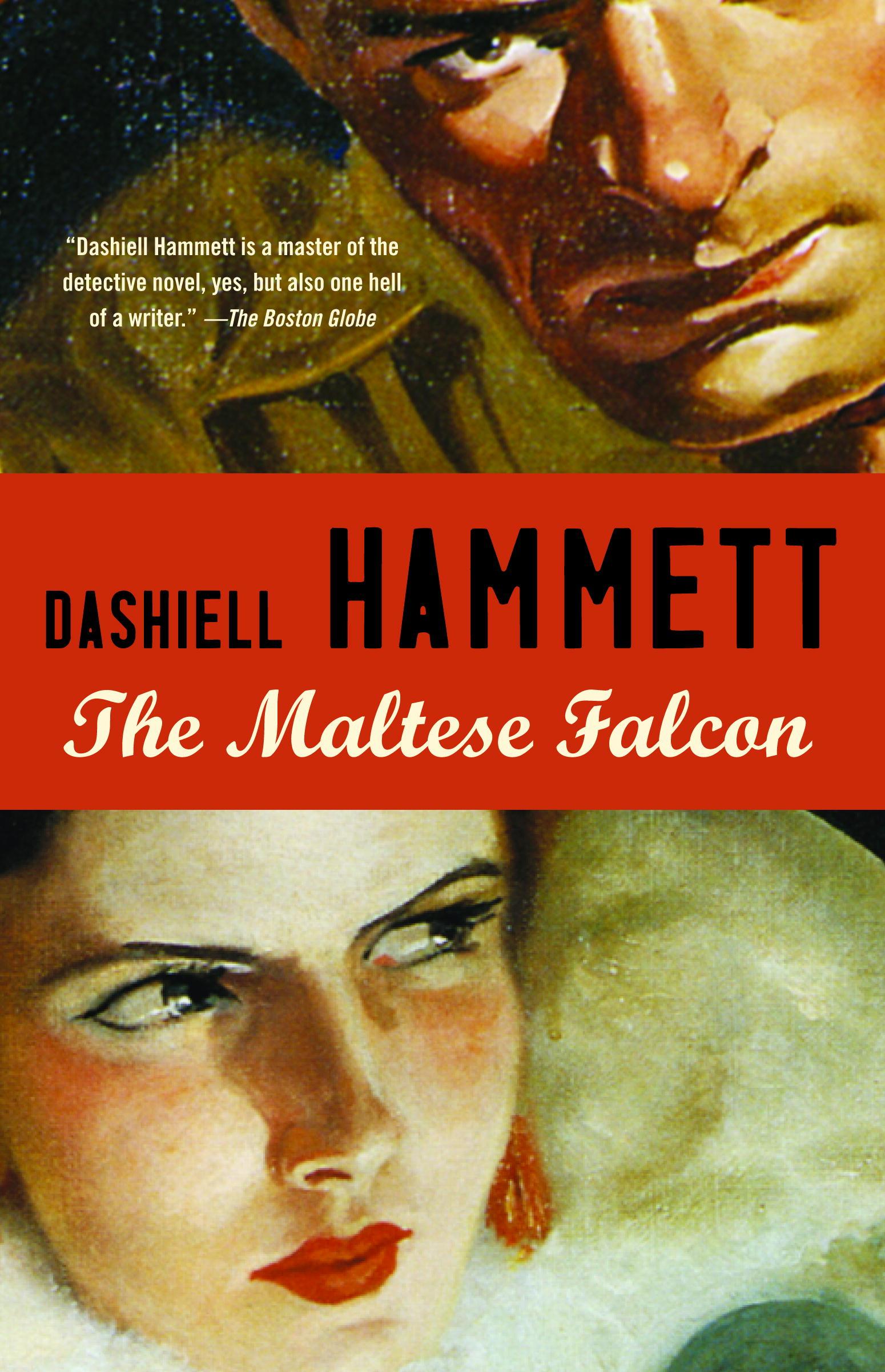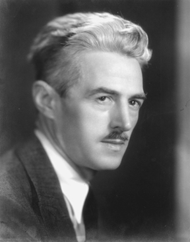The Maltese Falcon

Overview
Some people were surprised when The Maltese Falcon, a detective novel, appeared on The Big Read list. Yes, it is a detective novel—one of the best ever written. It’s also a brilliant literary work, as well as a thriller, a love story, and a dark, dry comedy. The only criticism one could offer Hammett’s private-eye classic is that it is so much fun to read, it might be hard the first time through to realize how deeply observed and morally serious it is.
"I’m one of the few—if there are any more—people moderately literate who take the detective story seriously." —from a 1928 letter to Blanche Knopf
Overview
Some people were surprised when The Maltese Falcon, a detective novel, appeared on The Big Read list. Yes, it is a detective novel—one of the best ever written. It’s also a brilliant literary work, as well as a thriller, a love story, and a dark, dry comedy. The only criticism one could offer Hammett’s private-eye classic is that it is so much fun to read, it might be hard the first time through to realize how deeply observed and morally serious it is.
Introduction to the Book
Dashiell Hammett's third novel, The Maltese Falcon (1930), set the standard by which all subsequent detective fiction would be judged. Hammett's clean prose and sharp ear for dialogue produced an exceedingly readable novel with enough twists to keep the reader turning the pages in search of clues.
Set in San Francisco, the story takes place over a six-day period, beginning Wednesday, December 5, and ending Monday morning, December 10, 1928. A tough, independent detective, Samuel Spade is hired by the beautiful and mysterious "Miss Wonderly," who walks into his office pleading desperately for help finding her sister. This bogus job gets Spade's partner, Miles Archer, and a thug named Thursby killed that same night. Though he disliked Archer, Spade's personal moral code dictates that "when a man's partner is killed he's supposed to do something about it."
The police question Spade's innocence because he and Archer's wife were having an affair. After Miss Wonderly summons Spade to her hotel the next day, she confesses that her real name is Brigid O'Shaughnessy. Spade knows he's being manipulated but remains uncertain about Brigid's motives.
He returns to his office, where the shadowy Joel Cairo pays a surprise visit and offers five thousand dollars for the return of a jewel-encrusted black bird.
Spade soon realizes that O'Shaughnessy, Cairo, and Cairo's boss, Casper Gutman, are all seeking an elusive falcon statuette once owned by the legendary Knights of Rhodes. Sam Spade is not a man to shy away from a fight, but he is also clever enough to play along in order to find the falcon and prove himself innocent.
Who murdered Spade's partner? Where is the Maltese falcon? Is Brigid O'Shaughnessy as guileless as she claims? Will Spade risk himself to save her? Among many other things, The Maltese Falcon is about what it's like to want something—a fortune, a lover, or even respect—so bad that you would kill for it, give up a chance at happiness to get it, until finally the chase itself means more to you than what you're chasing.
The Maltese Falcon is a bomb that starts ticking in the first chapter, ticks faster as it goes, and doesn't detonate until the last pitiless page.
Major Characters in the Book
Sam Spade
Cool and strong, grinning his way through his middle thirties, this cagey private detective becomes caught in a chase for the falcon after someone guns down his partner, Miles Archer, in an alley. Spade's personal code drives him to avenge the murder-though whether from honor or just good business is for readers to decide.
Miles Archer
Ten years older than Sam Spade and none too bright, Spade's lecherous partner has never noticed his wife's affair. He misses the holes in an attractive new client's story, too, and pays dearly for it.
Brigid O'Shaughnessy (aka Miss Wonderly)
The consummate femme fatale, Brigid is beautiful, manipulative, and dangerous. A compulsive liar, she tries to use her feminine wiles to charm men into believing what she says and doing what she wants.
Effie Perine
Sam Spade's secretary is devoted and trustworthy, if perhaps a little too trusting of Brigid. After Effie guards a dead body for Spade, he compliments her loyalty and grit by saying, "You're a damned good man, sister."
Joel Cairo
A polished but imperfect crook, Cairo first offers Spade money for the falcon, then holds him at gunpoint—twice—while searching his office.
Casper Gutman
Cairo's corpulent employer describes himself as a man not "easily discouraged when he wants something." His obsession has led him on a 17-year search for the falcon.
Wilmer
Gutman's sensitive young gunman has a smart mouth but not much in the way of brains. As Spade observes, "The cheaper the crook, the gaudier the patter."
"His fingers tore the wad apart and then he had the foot-high figure of a bird, black as coal and shiny where its polish was not dulled by wood-dust and fragments of excelsior."
—from The Maltese Falcon
- The Maltese Falcon centers on detective Sam Spade, a character almost as elusive as the falcon itself. What aspects of his personality remain mysterious? Which of his choices retain their ambiguity?
- Why does Sam Spade take the case, even though he suspects that "Miss Wonderly" is lying?
- What kind of vision does The Maltese Falcon present of urban America? How important is San Francisco as the novel's setting?
- The reader discovers some parts of the mystery at the same time as the detective, and other parts much later. At what point did you solve the crime?
- Is Sam Spade a hero? How would you describe his personal moral code in a violent world?
- Why might Hammett avoid describing any of the novel's murders in detail?
- What do the novel's three women—Brigid O'Shaughnessy, Effie Perine, and Iva Archer—have in common? How different are their personalities and motivations?
- In the 1930s and '40s mostly male writers adapted the femme fatale-a foxy, dangerous woman-to crime stories. How might a woman have written Brigid differently?
- What motivates Sam Spade to find the falcon? Is he tempted by money or Brigid, or does he merely love the chase?
- Does any character change or grow in The Maltese Falcon?
- Are Sam Spade's actions in the novel's final scene consistent with his character? What would you have done in his place?
- Although the reader is never privy to the thoughts of Hammett's characters, what might the falcon symbolize to each of them based on their actions?


